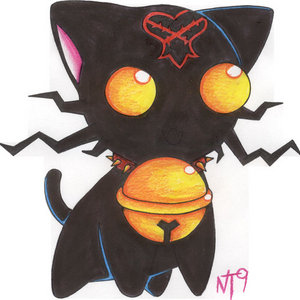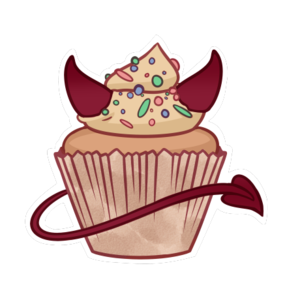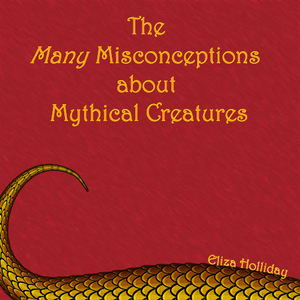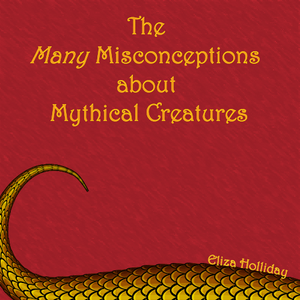Welcome back to another lovely addition of “Why Humans Can’t Have Nice Things”.
Where was I? Oh yes, mermaids.
As I mentioned before, the lovely mermaidens of myth existed only as drunken, desperate delusions; however, there did exist another creature that had powers attributed to the mythological mermaid.
It was a mollusk.
Okay, not just any mollusk, a magical mollusk.
Mollusks weren’t always the slimy blobs of goo that you fish out for pearls. In the magic days, they worked quite like hermit crabs. Mollusks were little sea creatures that lived inside shells and collected impurities from the ocean. They ate these impurities, turning them into pearls within their bellies. When the pearl became too big, they would poop it out and begin the cycle again.
Now before you start getting squicked out at the idea of pearls being pretty poop, I suggest you research the kinds of coffee humans like to drink.
In any case, mollusks worked like sea janitors, cleaning up the water and making it habitable for other sea life. Again, these creatures didn’t use to be associated with shells. They merely lived in them from time to time before roaming around and switching to other shells. Sometimes clam shells, sometimes mussels, but more often than not, they liked oyster shells.
So, what happened?
Pirates, nobles, witches and wizards happened.
You see, mollusks had the benefit of being loved by water. Since they cleaned it, all other sea creatures remained benign in their presence. Fisherman were the first to learn of their soothing properties and would keep them on board boats for safe travels. Word started to spread, and sorcies (magic users) eventually found out that their pearls had different magical properties based on what shell they were found in and their color. Here’s a little breakdown:
• White with Blue Overtone: Normal Water Magi
• White with Pink Overtone: Steam Magi
• White with Green Overtones: Plant Magi
• Cream: Mud Magi
• Black: Deep Sea Magi
• Blue with Silver and Pink Overtones: Pure Water Magi (includes all the above)
For magic users wanting a better grasp of their powers, pearls held a lot of potential. A common practice was to take a mollusk that was currently migrating, put it into a particular shell, and then nurture it until it produced the pearl you wanted. When the witch hunts began, many mobs found mollusks among the possessions of sorcies, and having a pearl could put someone under suspicion (unless you were among the wealthy).
Now, fishermen and sorcies using mollusks weren’t a problem. The problem came during the first witch hunts. When humans started to get a little burn-crazy and people were winding up dead, pearls started catching the eyes of nobles. Without understanding the magical complexities of pearls, nobles simply believed that eating mollusks and wearing pearls prolonged beauty and kept oneself perpetually young. Soon enough, nobles began contracting fishing boats to find mollusks. The pearl industry became a major money maker.
Afterwards, pirates started attacking ships for pearls so that they could hoard all the riches and sell on the black market. More debris from attacked ships and other pollutants entered the water, causing mollusks to work overtime cleaning the water, which in turn lengthened the time they stayed in shells to poop out pearls, creating even bigger pearls, which lead to more hunting and attacking and cleaning and pooping and so on and so forth.
As the cycle continued, mollusks eventually merged with their respective shells. While this kept them safe from being hunted and forcibly shelved, it also significantly slowed the cleaning process to a crawl. Without water purity, a sharp decline in other magical sea life ensued.
As pearls became a symbol of beauty, their magical properties were attributed to the beautiful mermaid, and that is how the modern mermaid myth came into existence.
On the bright side, you learned your lesson from the whole dragon fiasco and didn’t hunt mollusks to extinction.
So, yay! Baby steps.












Comments (2)
See all